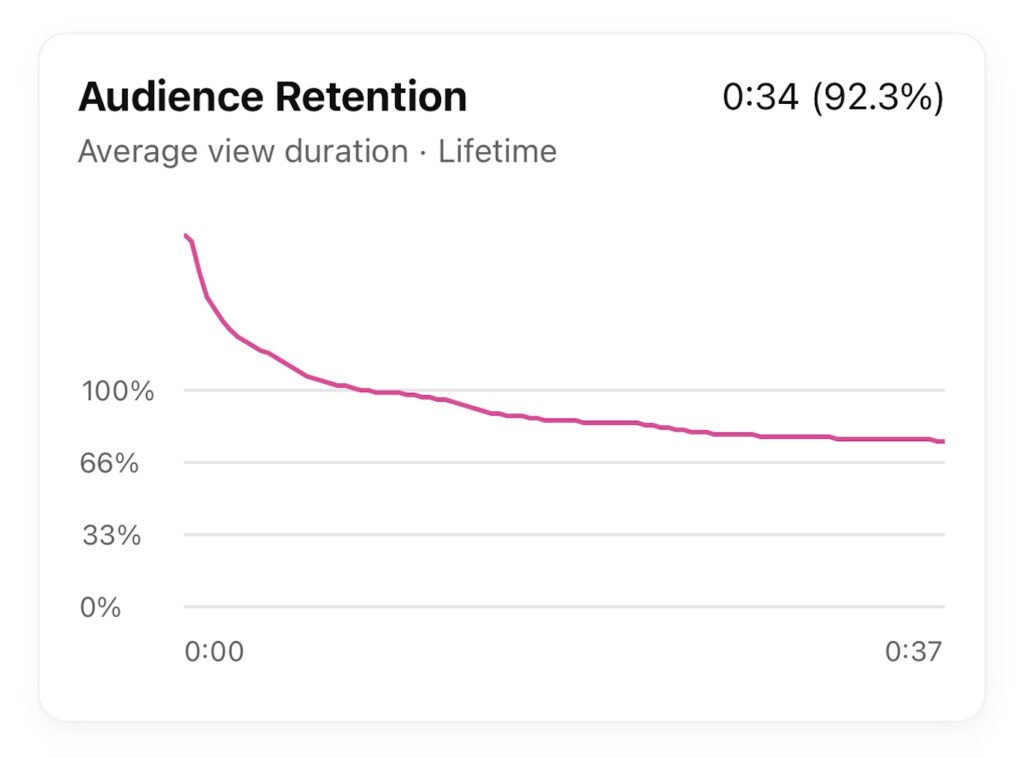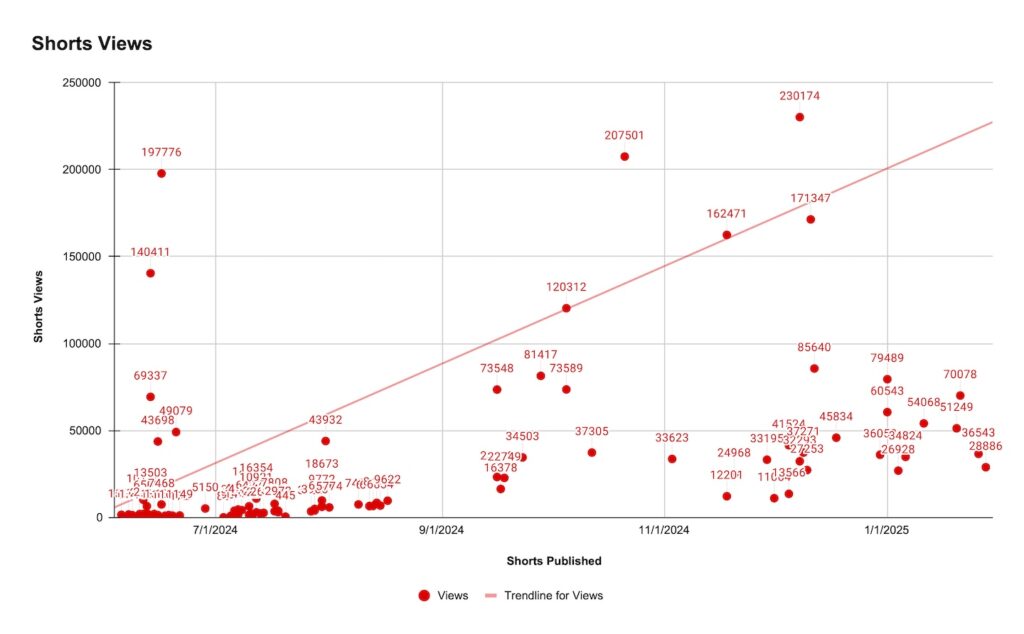The purpose of Shorts is to reach new viewers.
A wider audience that knows nothing about you, cares little about you (yet) and is as far from “captive” or captivated as they’ll ever be.
Their first impulse is to scroll.
Your edit’s job is to convince them to stay.
Deadtime is killing your Shorts, and it hurts a little to see you doing it.
Hey, it hurt when we were doing it.
There’s a theoretical “Captive Audience” funnel here.
Short form content reaches the very top of it.
Where unless you’re the GaryVee or Phil Knight of your industry, you’ll have to cut every dead second.
Here’s the worst of it:
- Unnecessary repetition
- Starting videos with text or a title card
- Delaying the gist of it
- Asking for likes, follows, subs.
- Rhetorical questions (as openers).
If you do nothing else, try making your Short as short as possible.

Aim for nothing more than to have them start watching all over again before they ever realize they’ve already reached the end. (Or even better, that they do realize and yet rewatch because they were entertained, informed, intrigued, etc.)
We can argue over this, but if we’re still getting under 10,000 views per video on platforms with 1.4–2.7 billion monthly active users (Instagram and YouTube), there might be some truth here.

Sure, content is king.
And sure, format caters to content.
But with Shorts you’re consciously catering content to format.
Huge difference.
In reach, in audience, in algorithms.
In practical terms, the best way to cut your Shorts is often to “finish” and export your edit, then reimport that edit and cut out every second of dead space, repetition, and anything but your core story. This won’t correct everything but it’s a great first step.
And if you’re good enough at your craft — like so many designers, creators, and artists are, you can get away with longer Shorts if you edit to audio.